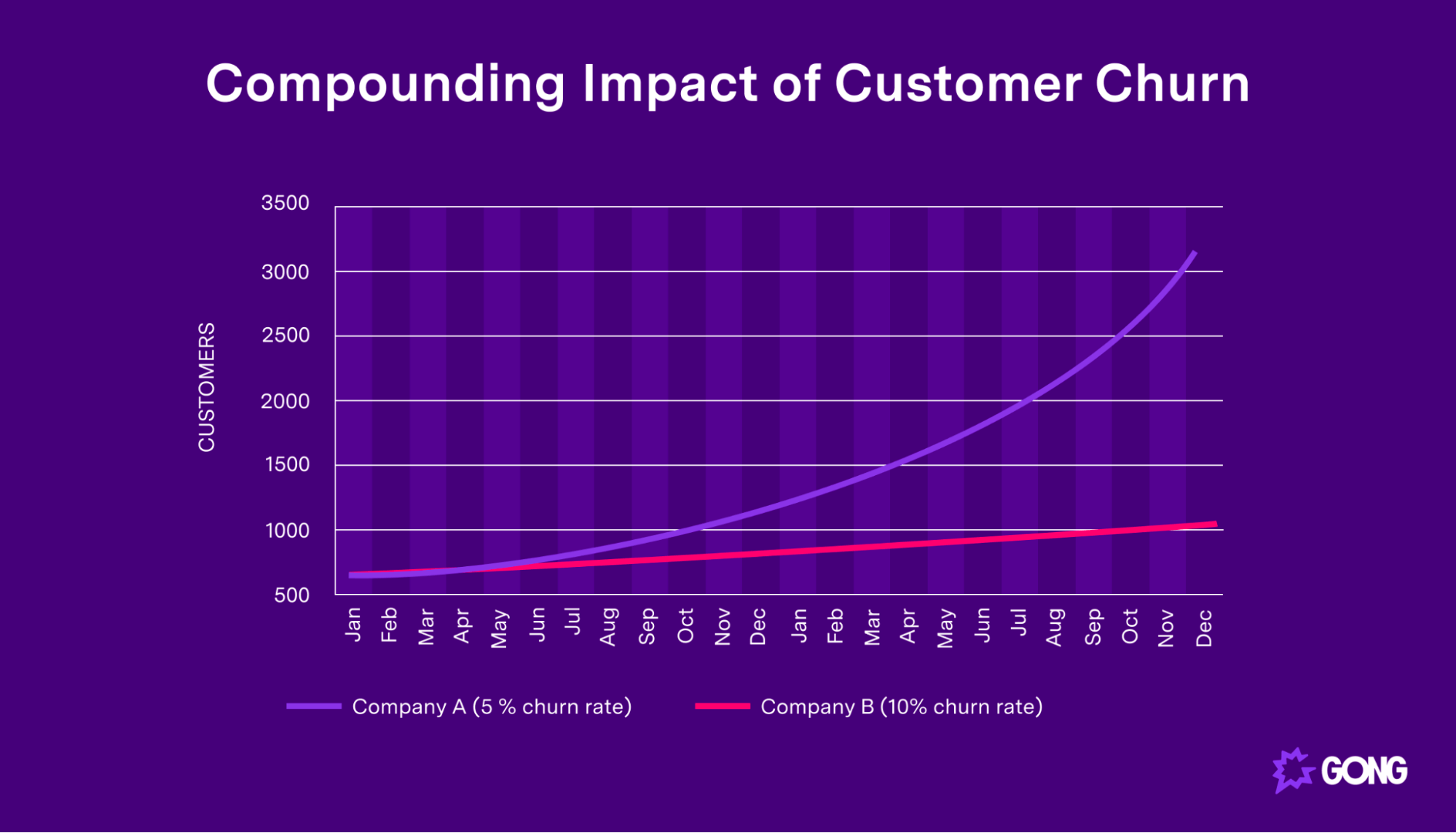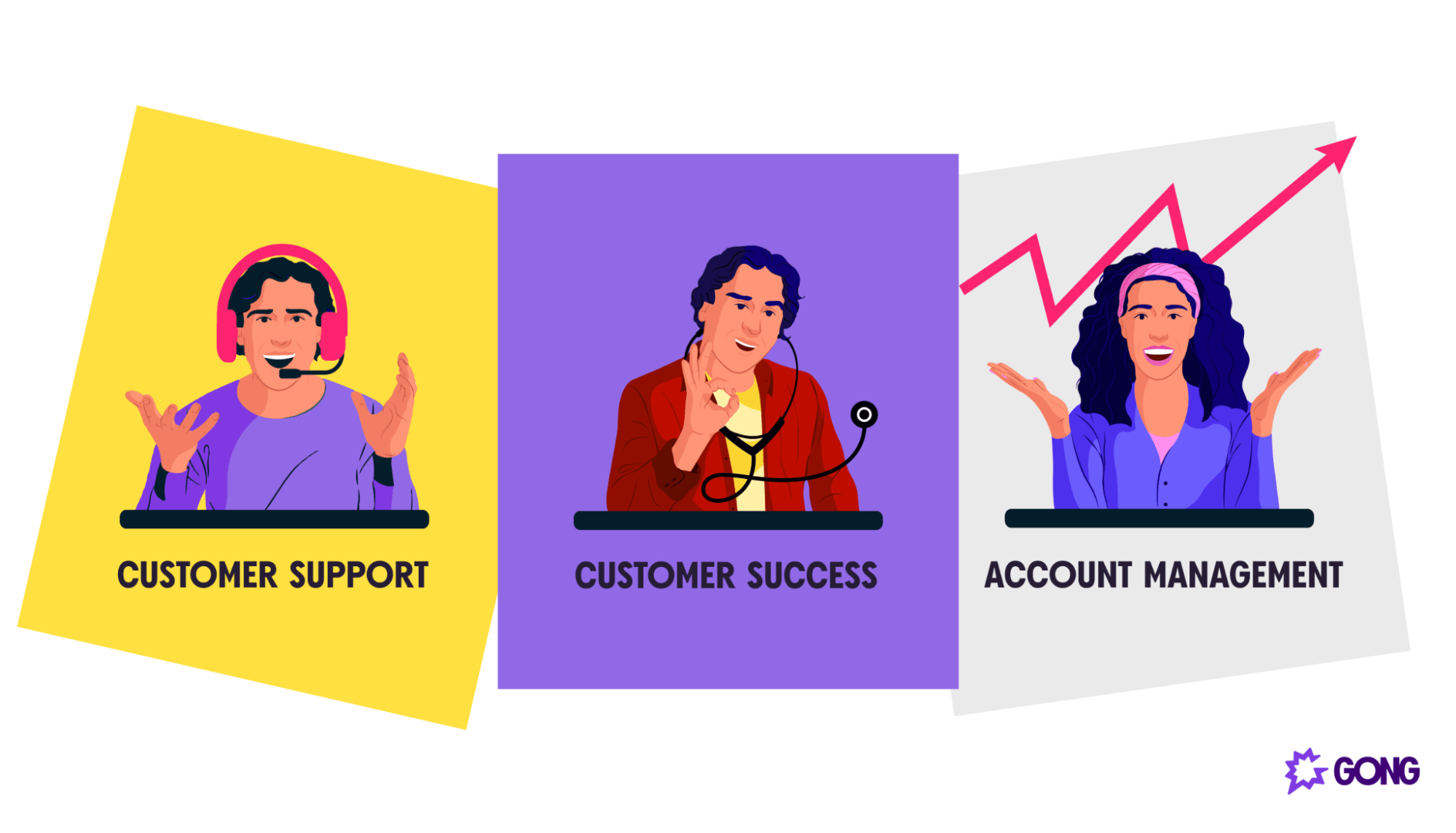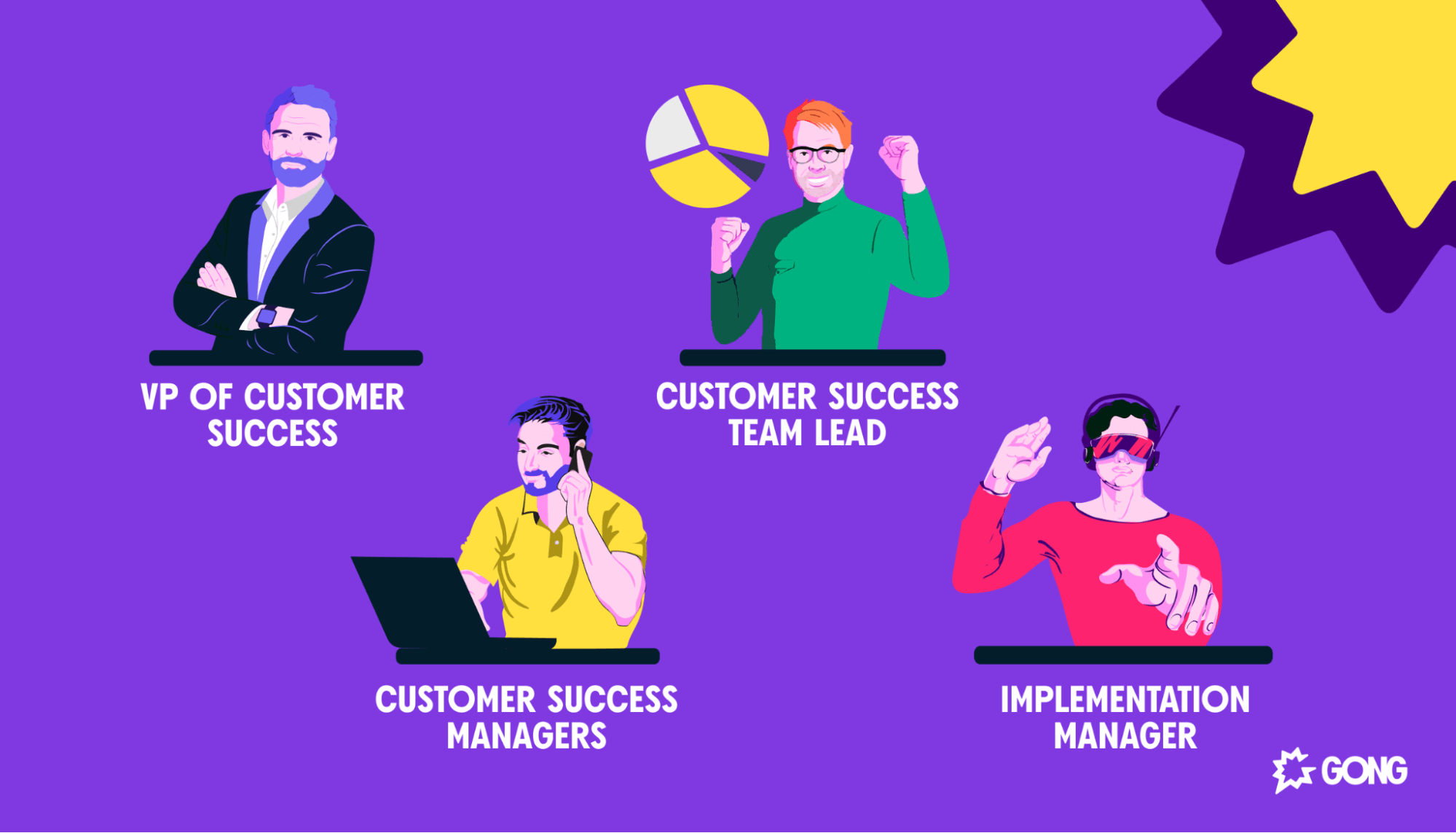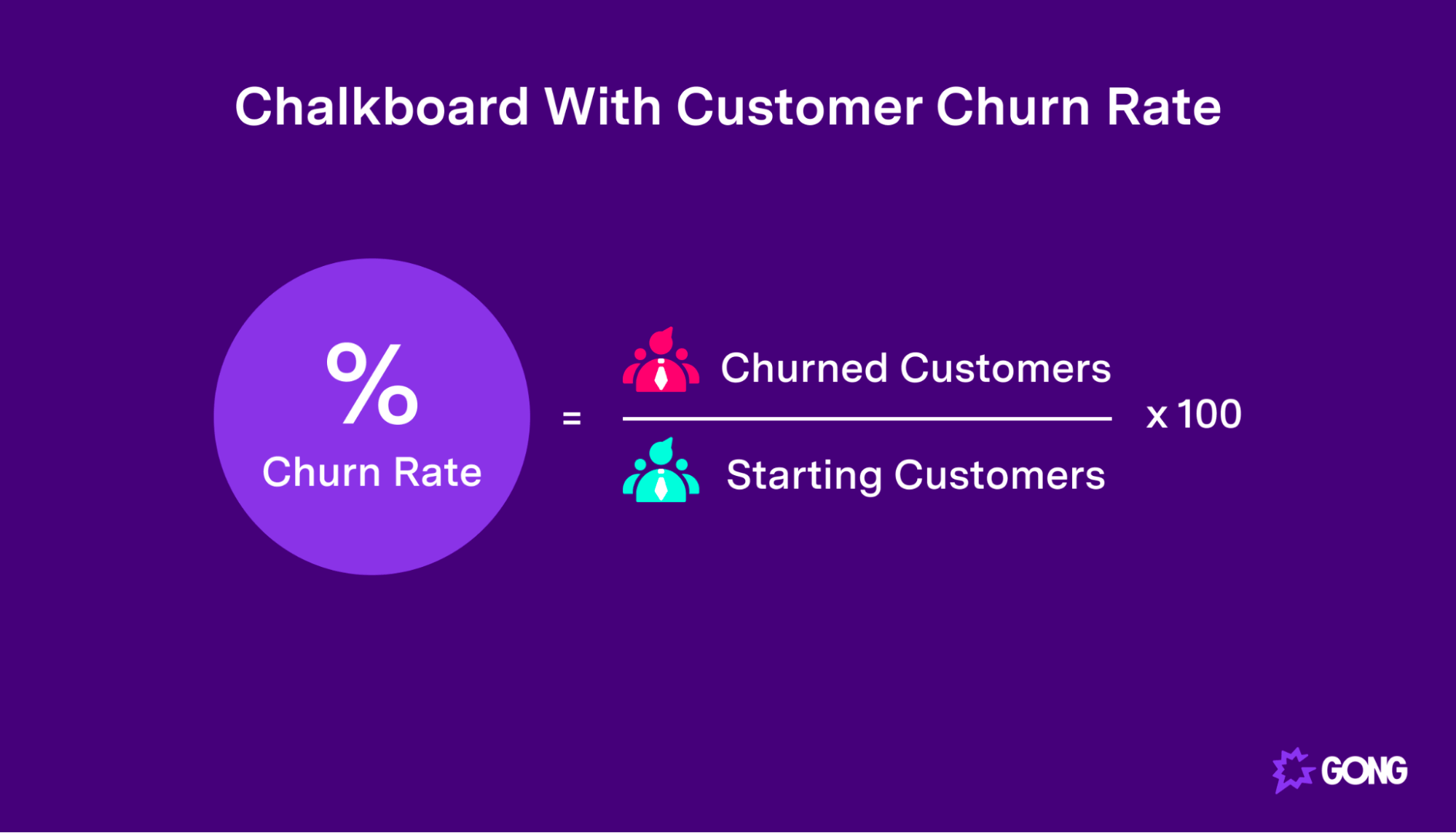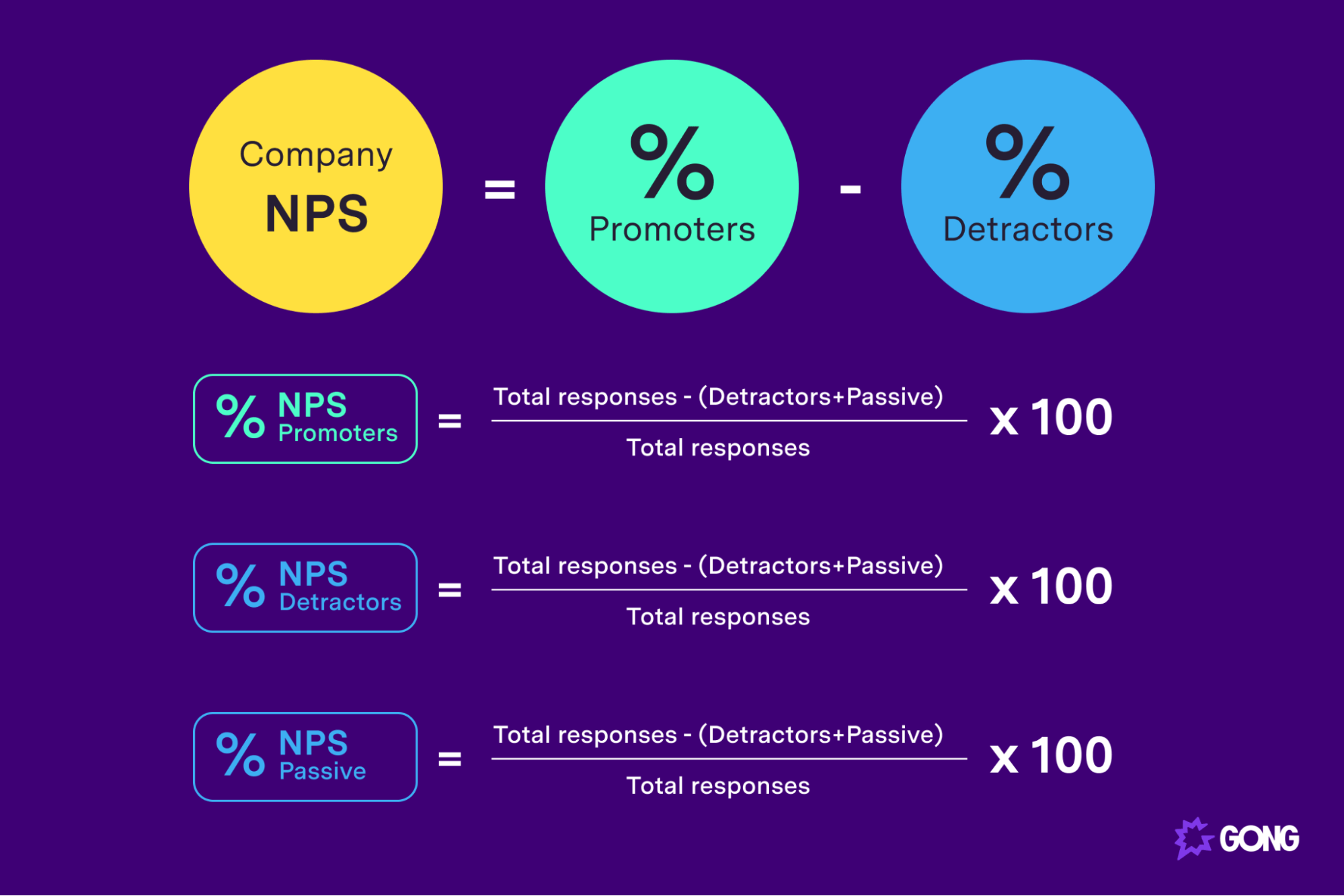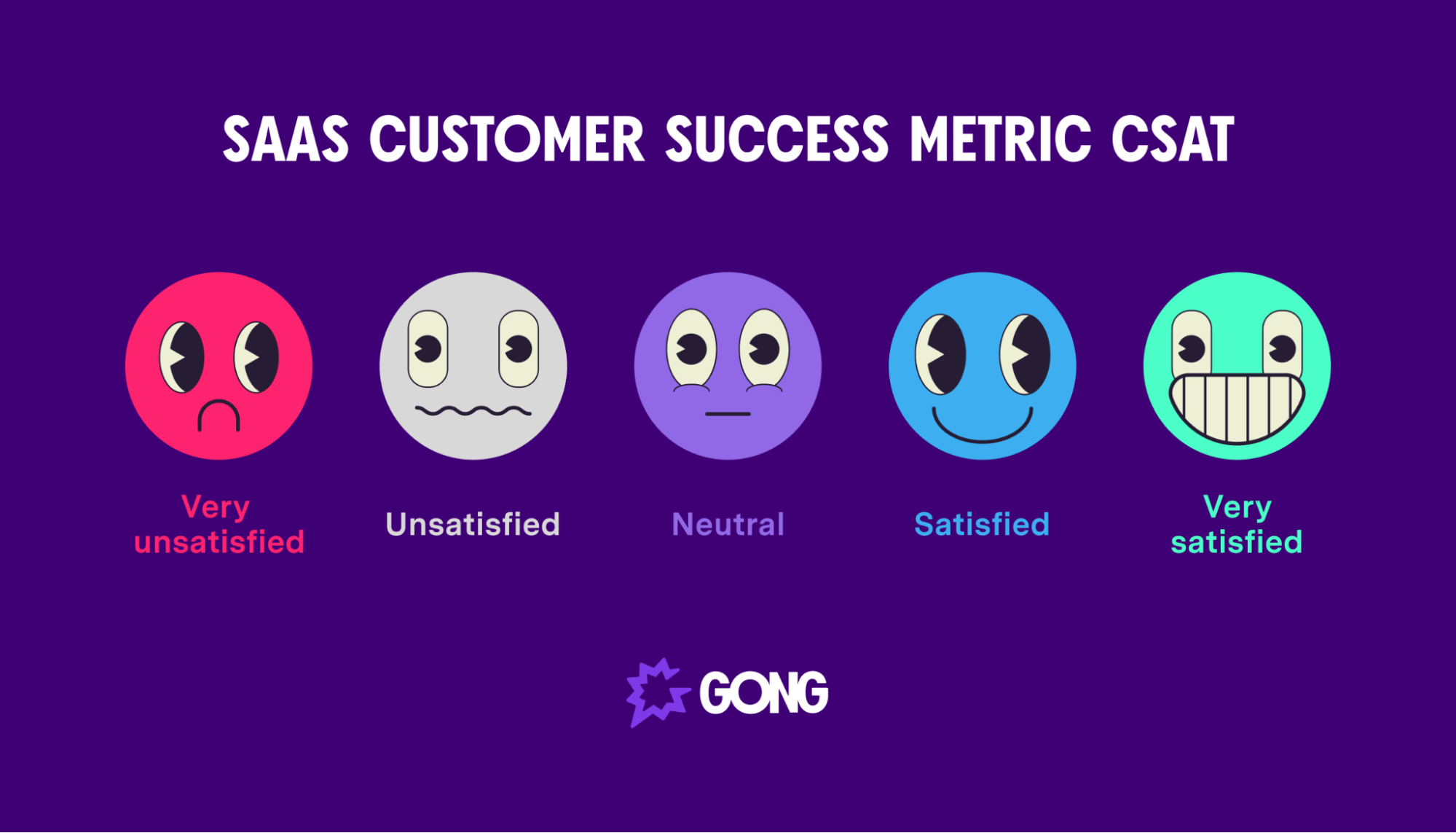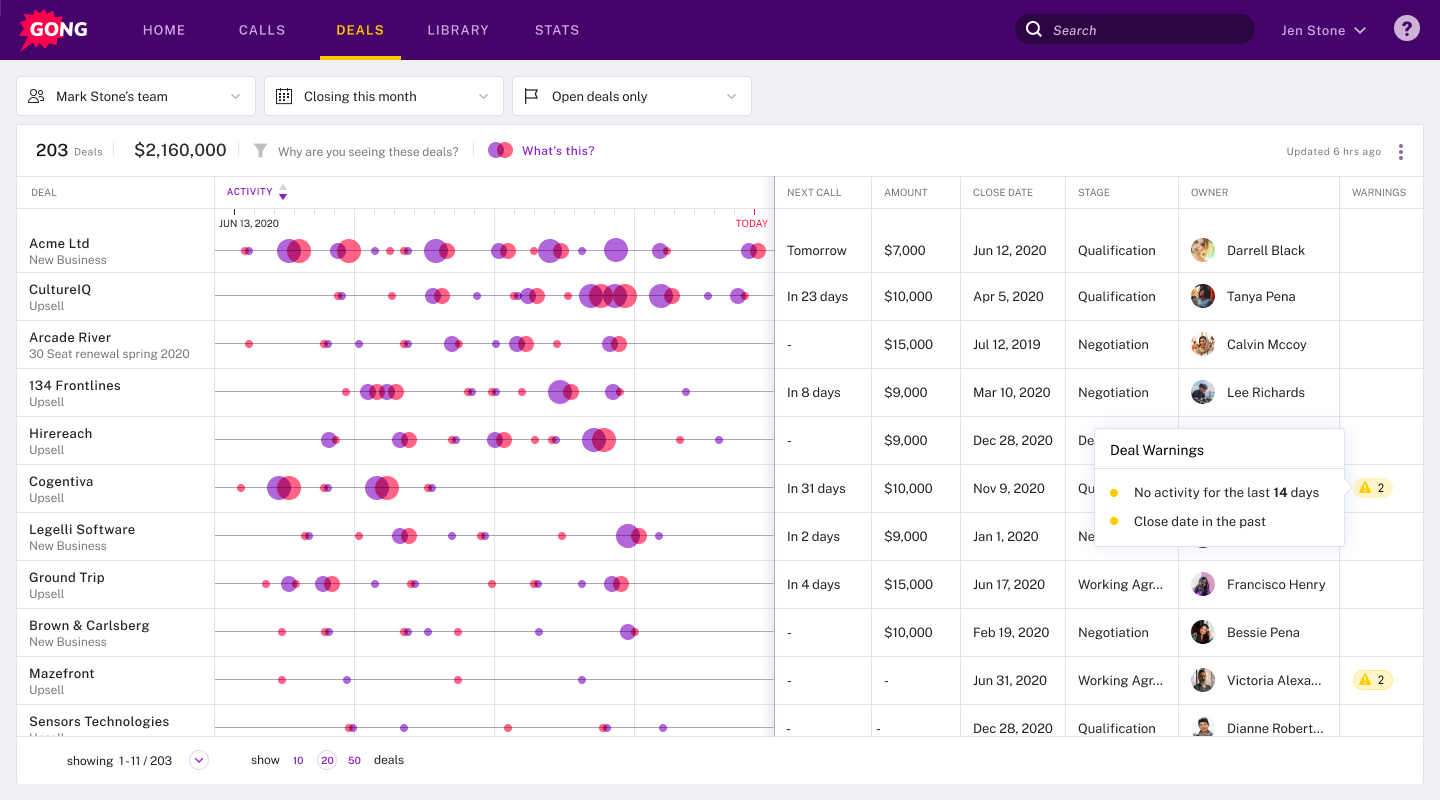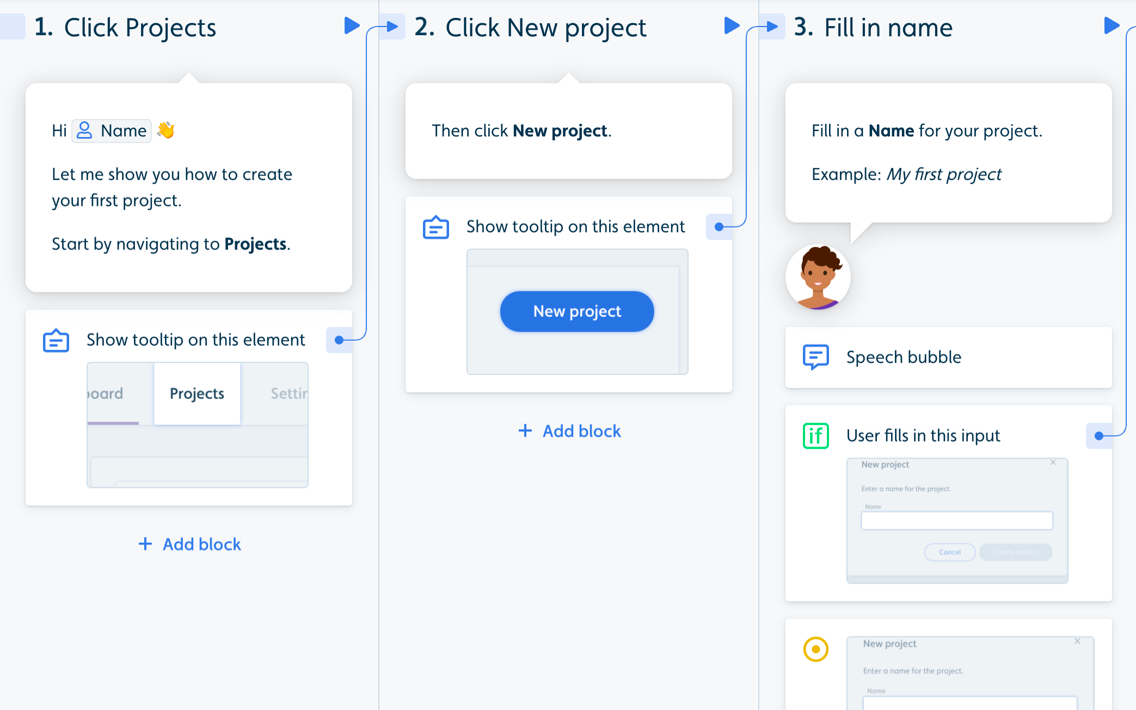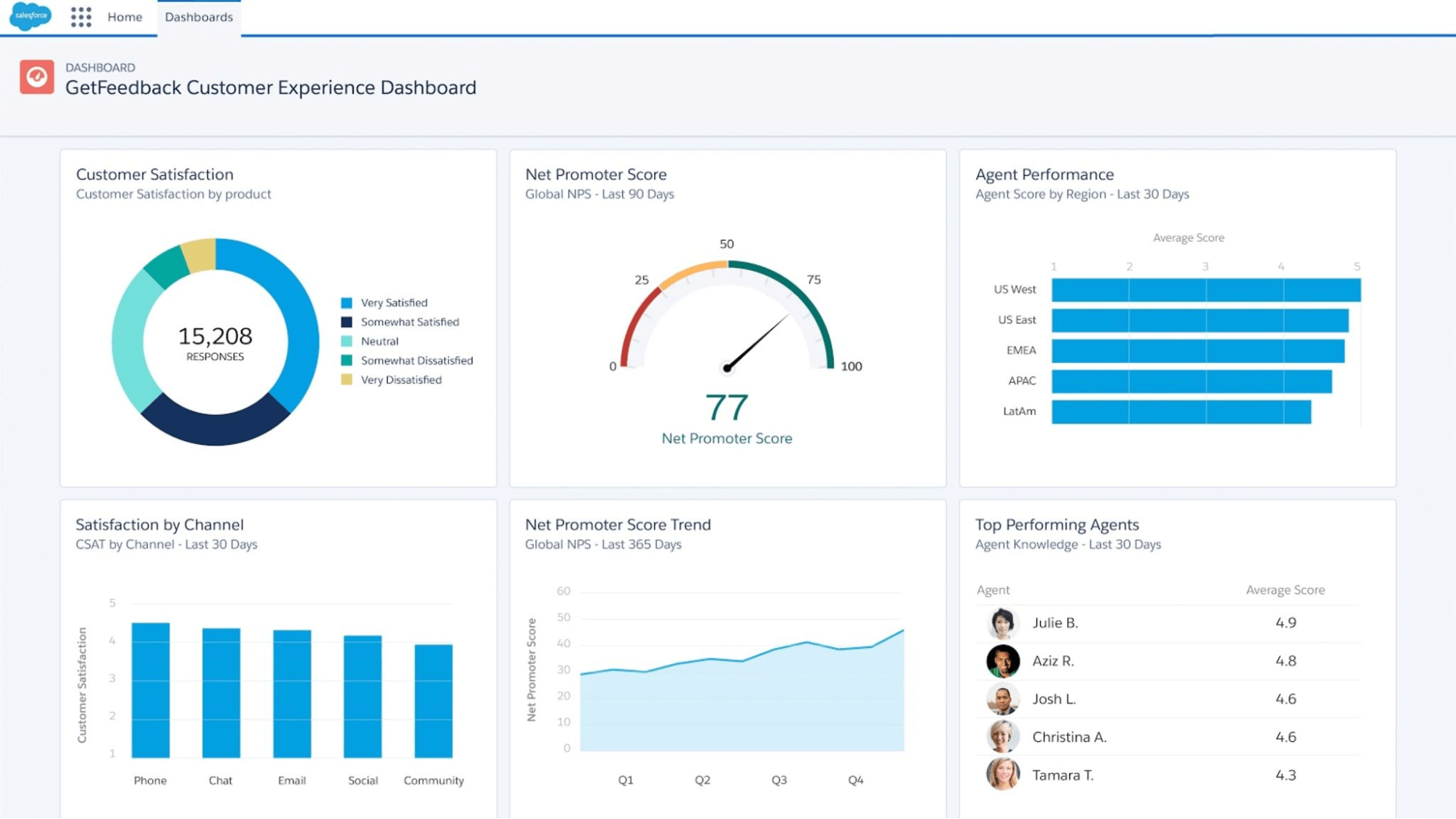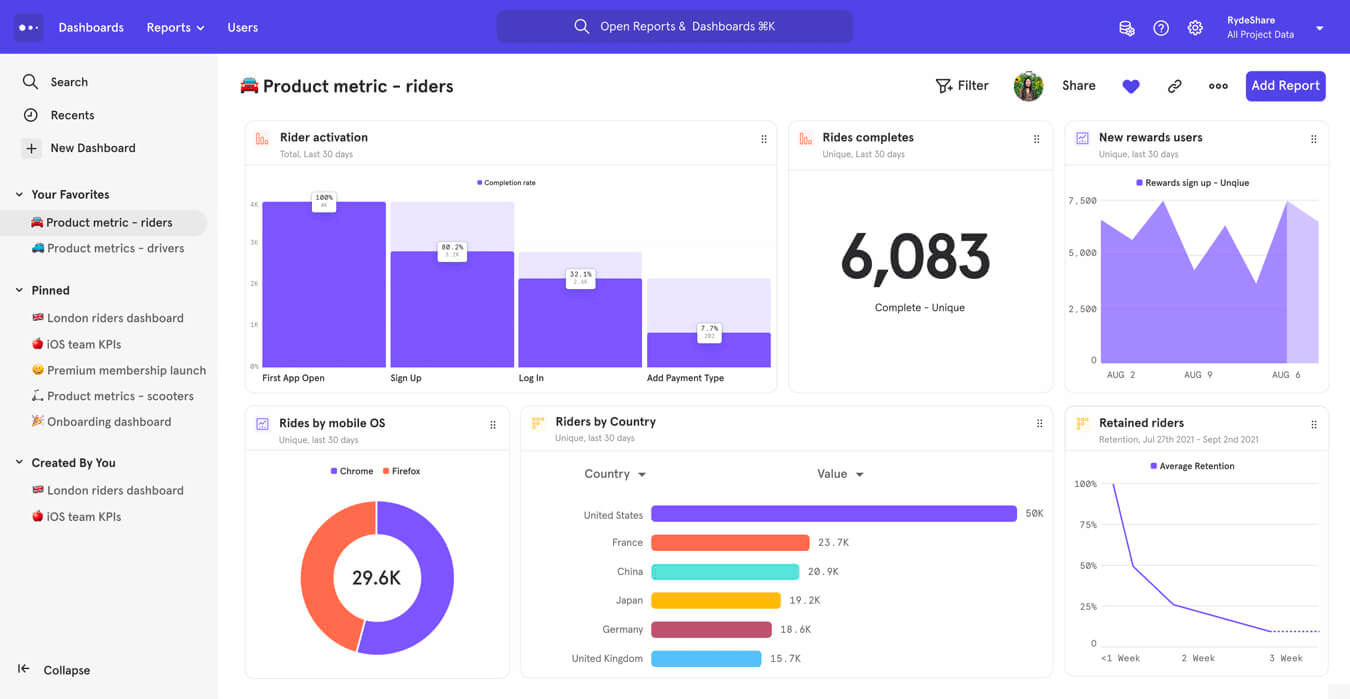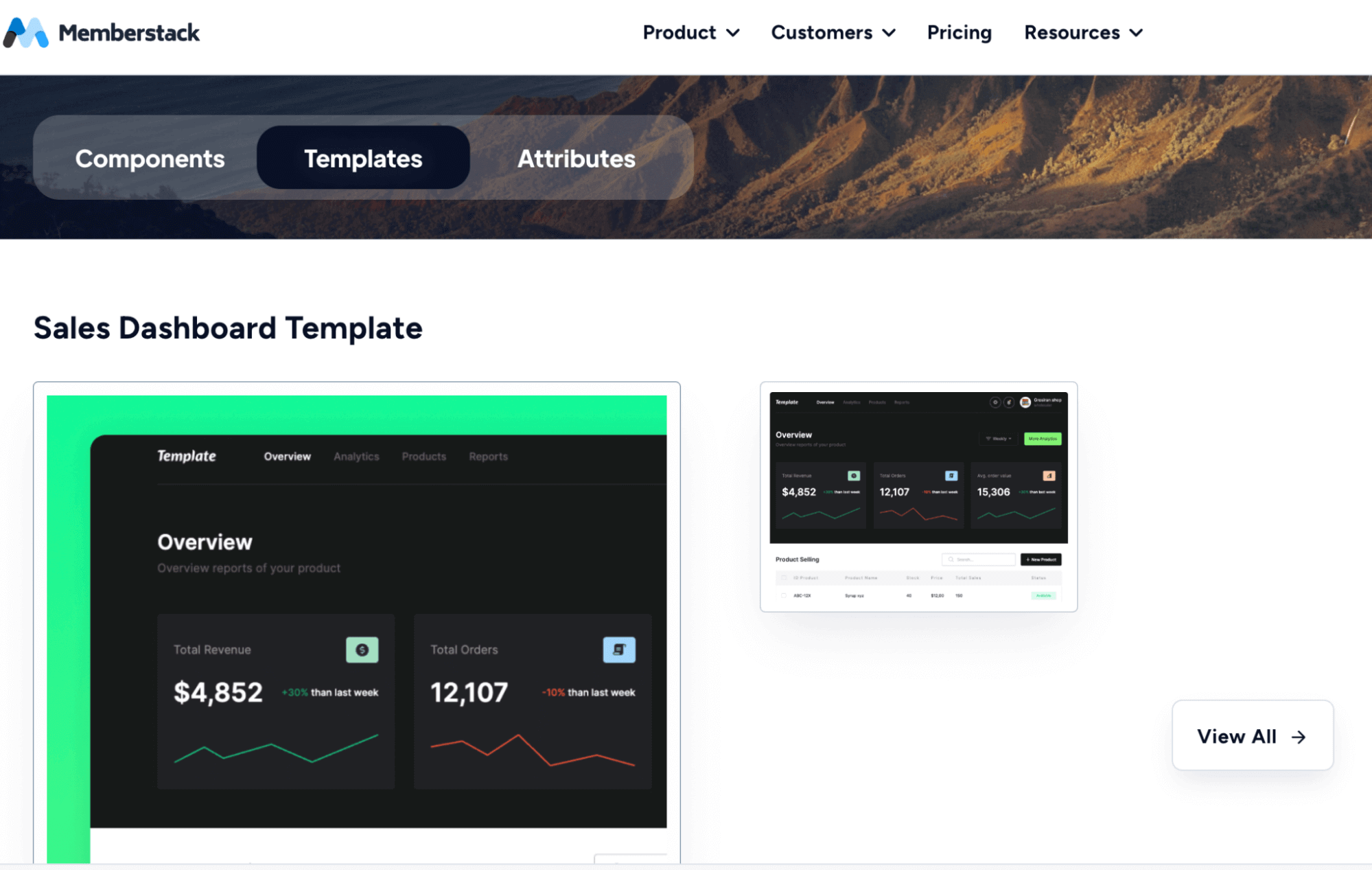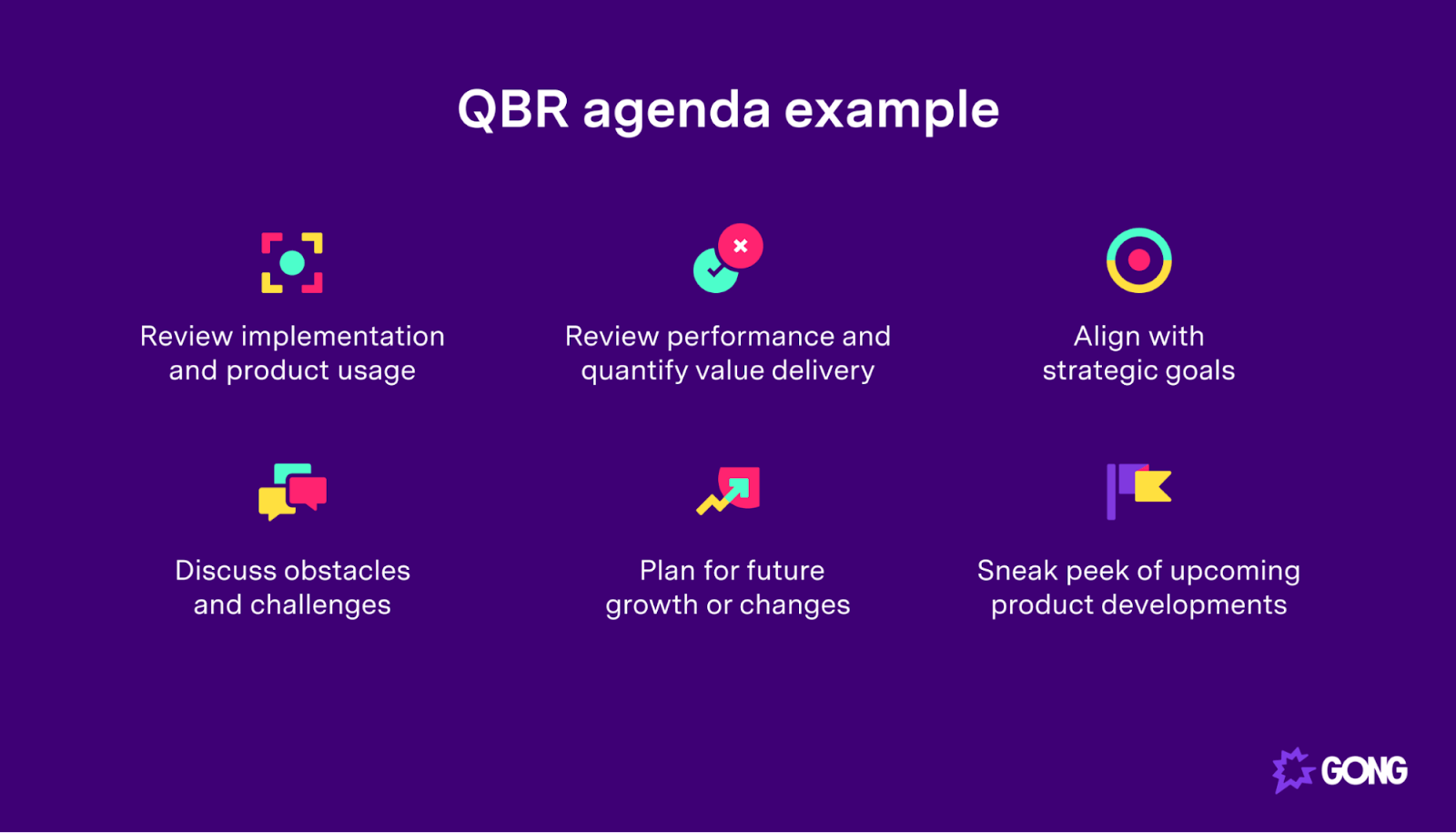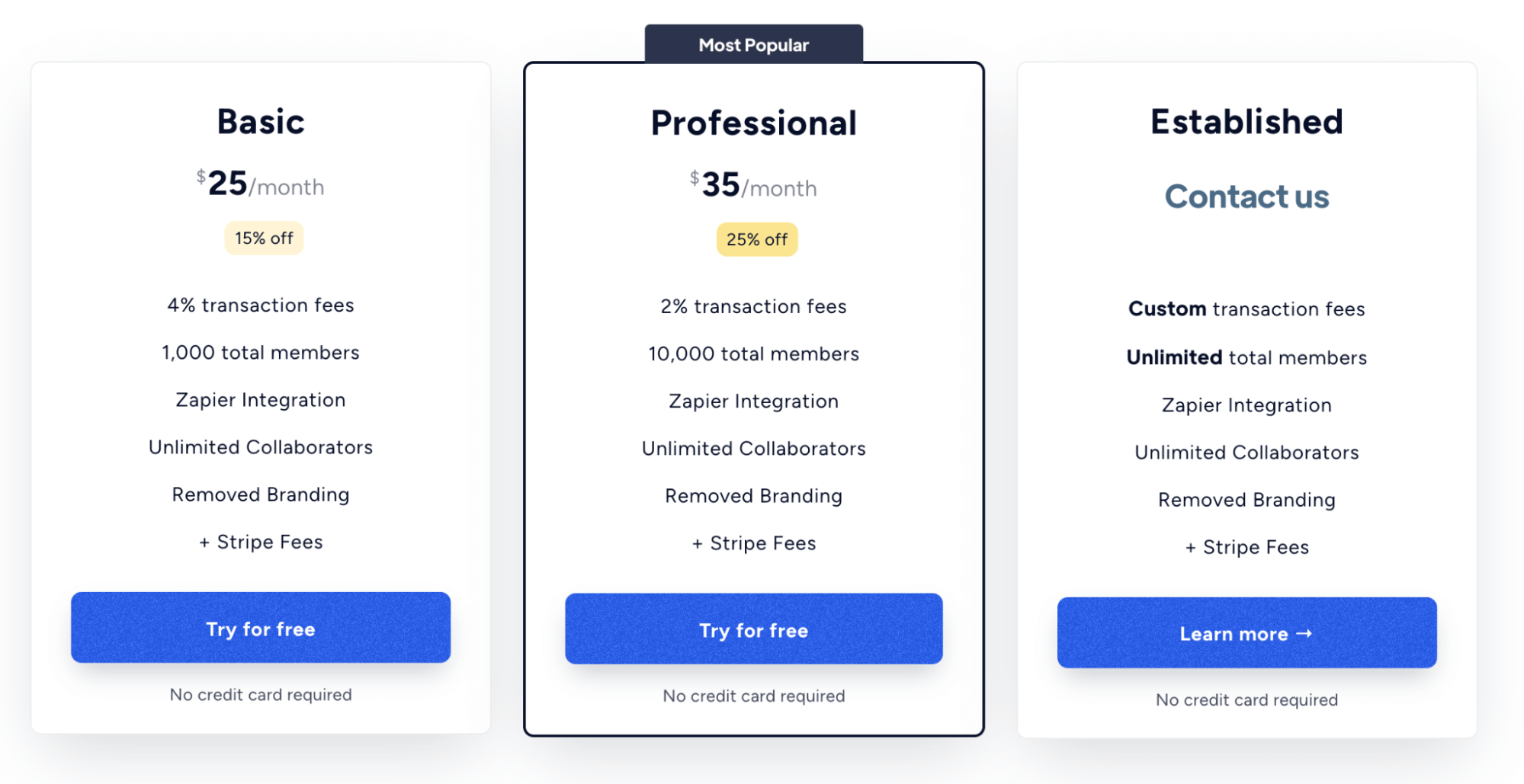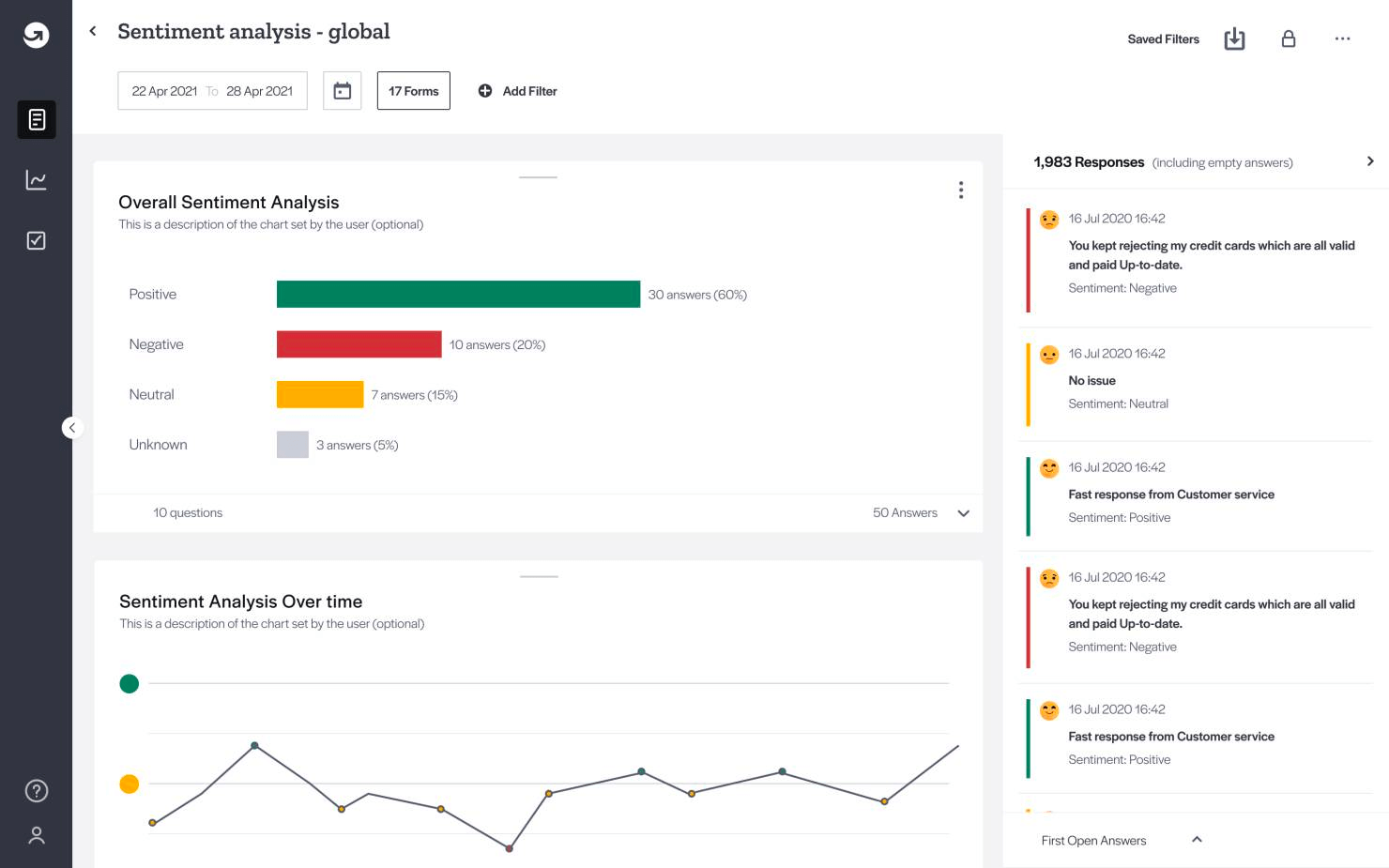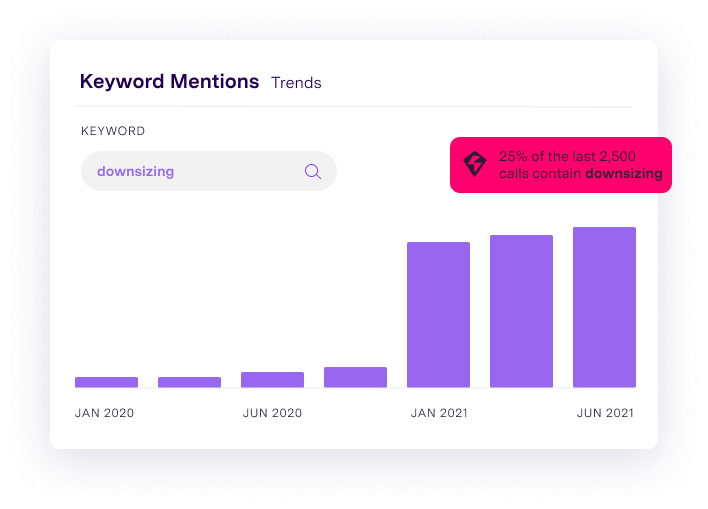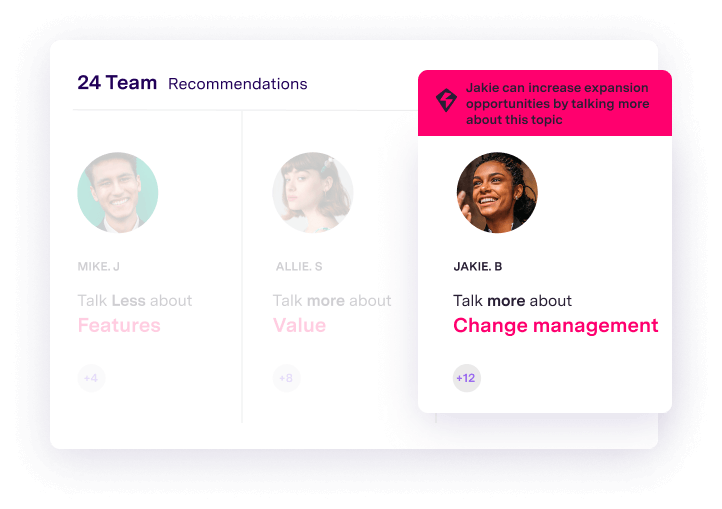Everything you need to know to maximize customer success in B2B SaaS
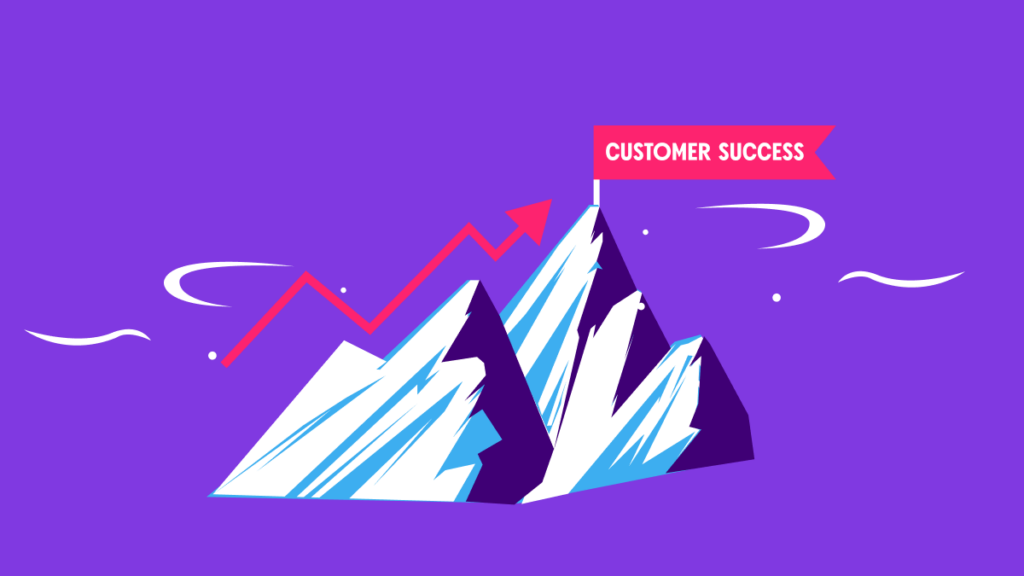
Customer success is a discipline and department that has emerged to combat churn and bolster customer retention rates.
In the context of SaaS businesses that rely on ongoing subscriptions (i.e. retained customers) to fuel revenue growth, customer success is arguably the most important aspect of the modern revenue team.
This article will be your guide to all things SaaS customer success.
We’ll cover the 101 on customer success in SaaS, define roles and boundaries, customer success metrics for measuring improvement, and software tools that will help you get there.
Then, we’ll dive into five winning strategies for nailing SaaS customer success.
JUMP TO EACH SECTION TO LEARN MORE
What is customer success in SaaS?
SaaS customer success is dedicated to helping customers get the most out of your product and using it to achieve their organizational goals.
Without a proper customer success program or strategy, a new customer signing up for your software is left on their own to figure out the product for themselves.
This creates a problem for utilization, as some customers need help integrating the tool into their daily work. Eventually, they churn, and you lose that future revenue.
The primary goal of B2B customer success is to lower churn rate, a major challenge for revenue growth.
The customer success team provides contextual product education, creates guided walkthroughs and onboarding processes, and monitors product usage.
A secondary goal of customer success is account expansion. This comes through identifying opportunities for upselling or cross-selling to existing customers, creating expansion revenue.
For instance, a customer success manager might monitor utilization and notice that a customer is nearing the usage limit of their current plan. This is an opportunity to upsell them to the next pricing tier.
SaaS customer success vs. customer support vs. account management
Success, support, and account management are often mistakenly used as synonyms.
While they share one thing in common — all of these departments work with customers after the sales team has done their thing — they pursue different goals.
Customer support is a reactive department that helps customers with specific, temporary issues raised as support tickets. These are mostly technical problems, like resolving software bugs.
Account management is a more personalized approach where customer stakeholders are given a single point of contact at your SaaS company, the Account Manager.
This person might conduct regular check-in meetings, such as quarterly business reviews, but are generally more involved from a relationship perspective than a product one.
Customer success grew out of account management, focusing more on helping customers achieve their organizational goals by increasing product usage.
The customer success department aligns the goals of your company and your customers — if customers use your product to achieve their goals, they win, keep their subscription active, and you win as well.
These three teams may collaborate, however. For instance, customer support is likely to let success know when one of their clients regularly has trouble with a particular feature, so they can jump in and provide more contextual product education.
What does a SaaS customer success team look like?
The typical SaaS customer success team is made up of four roles:
- VP of Customer Success. The most senior of all CS team members, the VP of Customer Success orchestrates the company vision for creating customer success.
- Customer Success Team Lead. This person manages the CS Managers’ performance and provides coaching and development to help them become better at their jobs.
- Customer Success Managers. CSMs are the people with whom your customers have a relationship. They’re the ones on the frontline providing personalized support to help your customers reach their objectives.
- Implementation Manager. The Implementation Manager is a technical member of the CS team who is involved during the onboarding and setup phase. They help build custom environments and workflows according to your customers’ needs, map important data, and create integrations between your tool and other SaaS apps.
How to measure customer success in SaaS companies
Like the marketing, sales, and support department, customer success teams use specialized metrics and KPIs to measure the impact of their efforts and the overall customer health score.
These are the five most common B2B customer success metrics.
Customer churn rate
Your customer churn rate is the percentage of customers who cancel their subscriptions within a given period.
Combatting customer churn is mission-critical for subscription revenue companies that rely on long-term customer relationships to make their company profitable.
To calculate your annual customer churn rate, you take the number of customers who canceled their subscriptions last year, divide it by the number of customers you had at the beginning of the year, and multiply that by 100.
Net promoter score (NPS)
Net Promoter Score is a measure of customer satisfaction and happiness and your ability to grow through word of mouth and referrals.
Here’s how it works:
Using an NPS survey you ask customers to rate, on a scale of 1-10, how likely they’d be to recommend your product to a colleague. Based on their scores, they are categorized as promoters, detractors, and passives.
Then, you deduct the percentage of detractors (those who scored you six or less) from the percentage of promoters (those who scored you 9 or 10 aka happy customers).
A higher NPS score is better. This positive result indicates an effective customer success team.
Monthly recurring revenue (MRR)
Monthly recurring revenue is a commonly measured SaaS metric. It tells you how much revenue you’re generating from customers every month.
While it’s not solely a CS metric (marketing and sales also play a part in growing MRR), customer success is responsible for preventing churn and growing expansion revenue, two activities influencing MRR.
Customer lifetime value (LTV)
Customer lifetime value is the expected revenue you’ll receive from a given customer over the period you do business with them.
The LTV formula is:
Customer Lifetime Value = Average monthly revenue per customer x average customer lifespan.
It’s influenced by customer success in the same way that MRR is. Expanding accounts drives up the first half of the equation, and improving customer retention helps with the second half.
Customer satisfaction score (CSAT)
Customer satisfaction score (CSAT) is another simple yet effective measure of the customer health score and what customers think about interacting with your company.
Directly after an interaction, the customer is asked to rate their satisfaction with the person, department, or activity they engaged with.
You can use CSAT surveys to measure specific parts of the customer success process, such as determining customer satisfaction with the onboarding experience.
Software tools for managing customer success
Aside from industry-standard tools like CRMs and communications platforms, B2B customer success teams use several specialized software solutions.
Here are four examples of customer success software and what they’re used for.
Gong – Revenue Intelligence
Gong is a revenue intelligence platform that pulls data from your phone calls, emails, video calls, and sales engagement tools and analyzes these interactions to provide actionable insights.
Teams can access customer churn risk notifications to understand when accounts are more likely to cancel their subscription and jump in with preventative measures.
With an infinite memory of customer interactions, CS managers can call back conversations that happened over the phone, email, or any other channel that Gong can read.
Gong also helps CS leaders coach team members by calling out which talking points work best during customer conversations and providing customized advice for individualized rep training.
Want to learn more? Discover five reasons your customer success associates need to meet Gong, the revenue intelligence platform that creates happier customers.
Userflow – Onboarding software
Userflow is a new user onboarding platform that allows you to build semi-automated workflows.
With Userflow’s no code editor, success teams can build checklists, surveys, and in-app tours and schedule activities like live walkthrough video meetings.
GetFeedback – Customer feedback
GetFeedback is a customer experience monitoring platform that collects feedback and analyzes customer sentiment from multiple sources.
Customer success teams can use GetFeedback’s insights to identify opportunities to improve post-sales processes and interactions, driving customer satisfaction and improving retention.
Mixpanel – Customer usage data
Mixpanel is a product analytics tool.
It helps product and success teams understand how customers engage with their software tools.
Customer success managers can use this data to inform further product recommendations, content distribution, and training sessions.
5 strategies for nailing SaaS customer success
Developing a SaaS customer success program or strategy? Integrate these five tactics for a powerful and engaging customer experience.
1. Design a comprehensive onboarding procedure
A well-thought-out and immersive onboarding process is key to boosting utilization quickly.
While part of this can be automated through the likes of email content distribution, a personal touch is always the best way forward.
Take Memberstack, an authentication and payment tool.
They’ve got a bunch of great templates that allow customers to set up quickly.
An automated email could point new customers toward these templates, and then a CSM at Memberstack could book a walkthrough call with the customer to help them set up and personalize the template to their needs.
2. Establish a quarterly business review process
Customer success managers should meet with customers at least once every three months. This practice is known as the quarterly business review.
A quarterly business review (or QBR) helps you stay aligned with the customer’s needs, identify customer churn signals, review usage, and make plans to improve utilization.
While the QBR should be part of your process, that doesn’t mean you can’t meet more often. The best CSMs are proactive and hold interim discussions with their clients as needed (such as when you identify an opportunity to educate them and help them adopt a new feature).
Learn about the QBR process here: How to Create a Quarterly Business Review Agenda, Plus Examples.
3. Monitor usage data to identify expansion opportunities
Data on how your customers currently use your software is the perfect tool to understand opportunities to upsell.
Consider Memberstack’s two pricing options:
If a customer on the Basic plan approaches the 1,000-member limit, this can trigger a CSM to step in and upsell.
Or, they might notice that their customer is manually entering data from another platform. In this case, the CSM can organize a call to run through how they might save time using Memberstack’s Zapier integration.
4. Capture customer feedback regularly
Another customer success best practice is to use tools like GetFeedback. These can be used to track the customer experience with features like sentiment analysis.
A proactive approach is always best, so customer success teams should aim to capture customer feedback as often as possible (without coming across as too needy).
For instance, you can use these software tools to run CSAT or NPS surveys to learn more about how customers feel about interacting with your success team.
5. Use revenue intelligence to combat churn
Revenue intelligence tools like Gong are the customer success manager’s secret weapon.
You can use them to access churn risk alerts based on customer communications. For instance, Gong will pick up on the fact that your customer has mentioned downsizing several times in the last few conversations, a potential risk to their subscription.
Revenue intelligence software can also uncover exactly what separates your high-performers from the rest of the team so that CS leaders can provide additional coaching.
By analyzing customer conversations, Gong provides personalized recommendations for individual CSMs to change their behaviors and adjust talking points.
B2B SaaS customer success
The TL;DR? SaaS success = Effective customer success. For SaaS businesses, improving retention rates and creating repeat customers is critical.
Sure, you’ve got to have a great product, but only onboarding new customers isn’t enough. You’ve got to find ways to engage your current customer base to make your product stick.
A great SaaS customer success process is key here.
But just as important as that process is having the right tools on your side to manage and improve interactions along the customer journey, creating happier customers while you’re at it.
Ready to learn more? Book a demo of Gong, and discover how our customer success software is the tool you need to drive customer churn rates down, expansion revenue up, and keep your current customers as active users.
